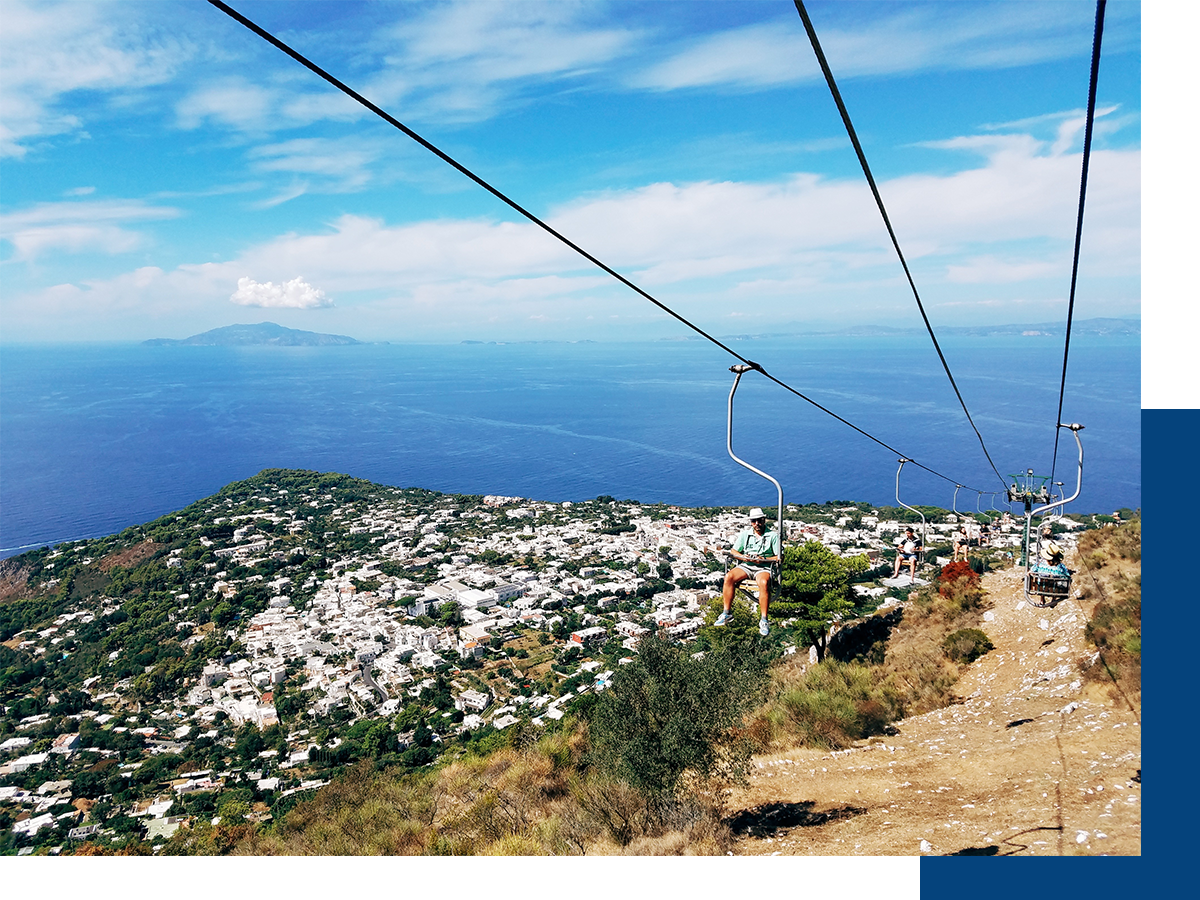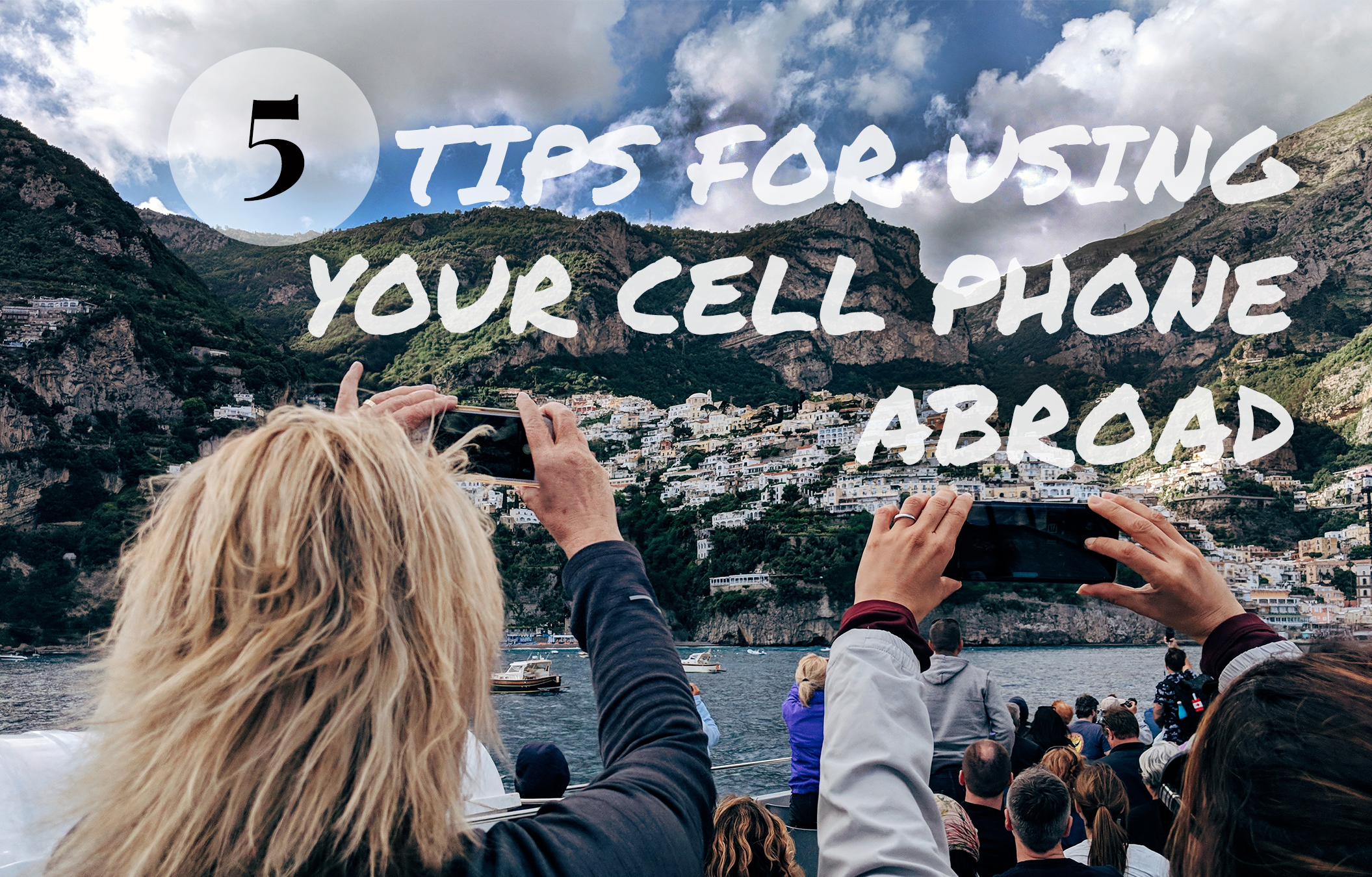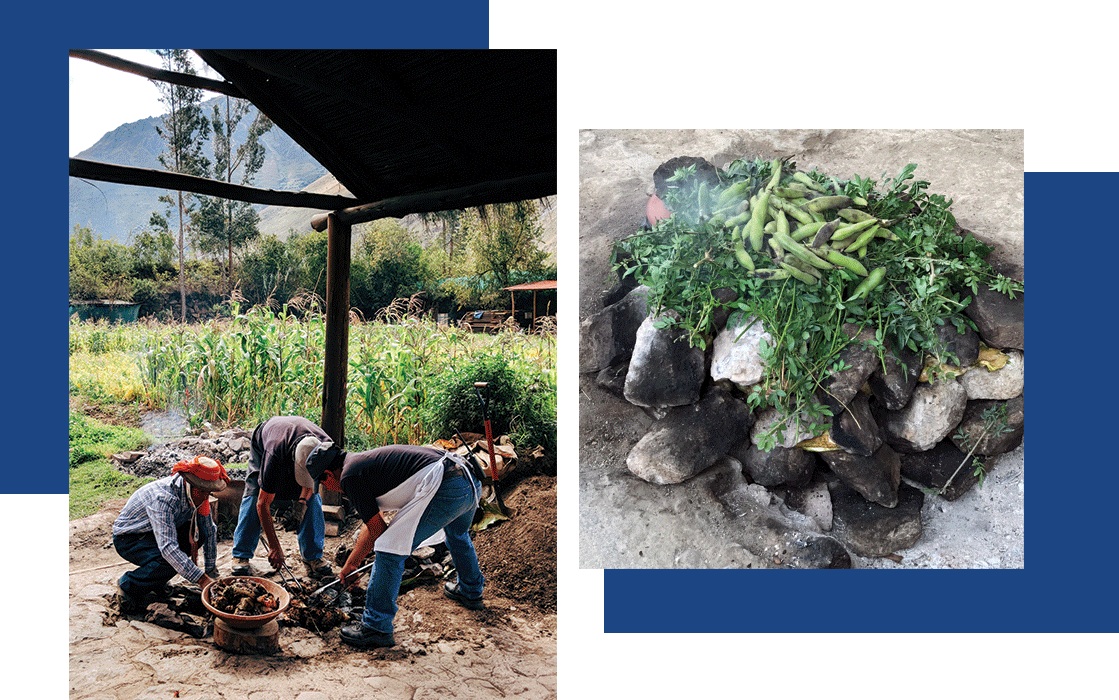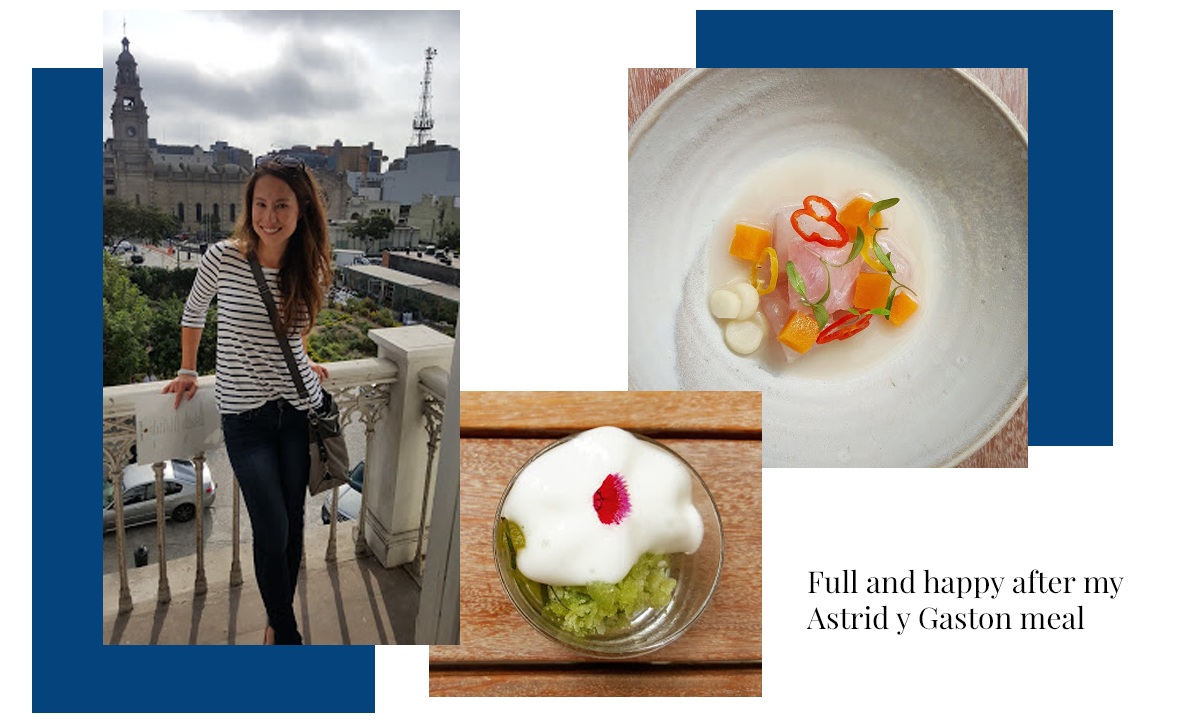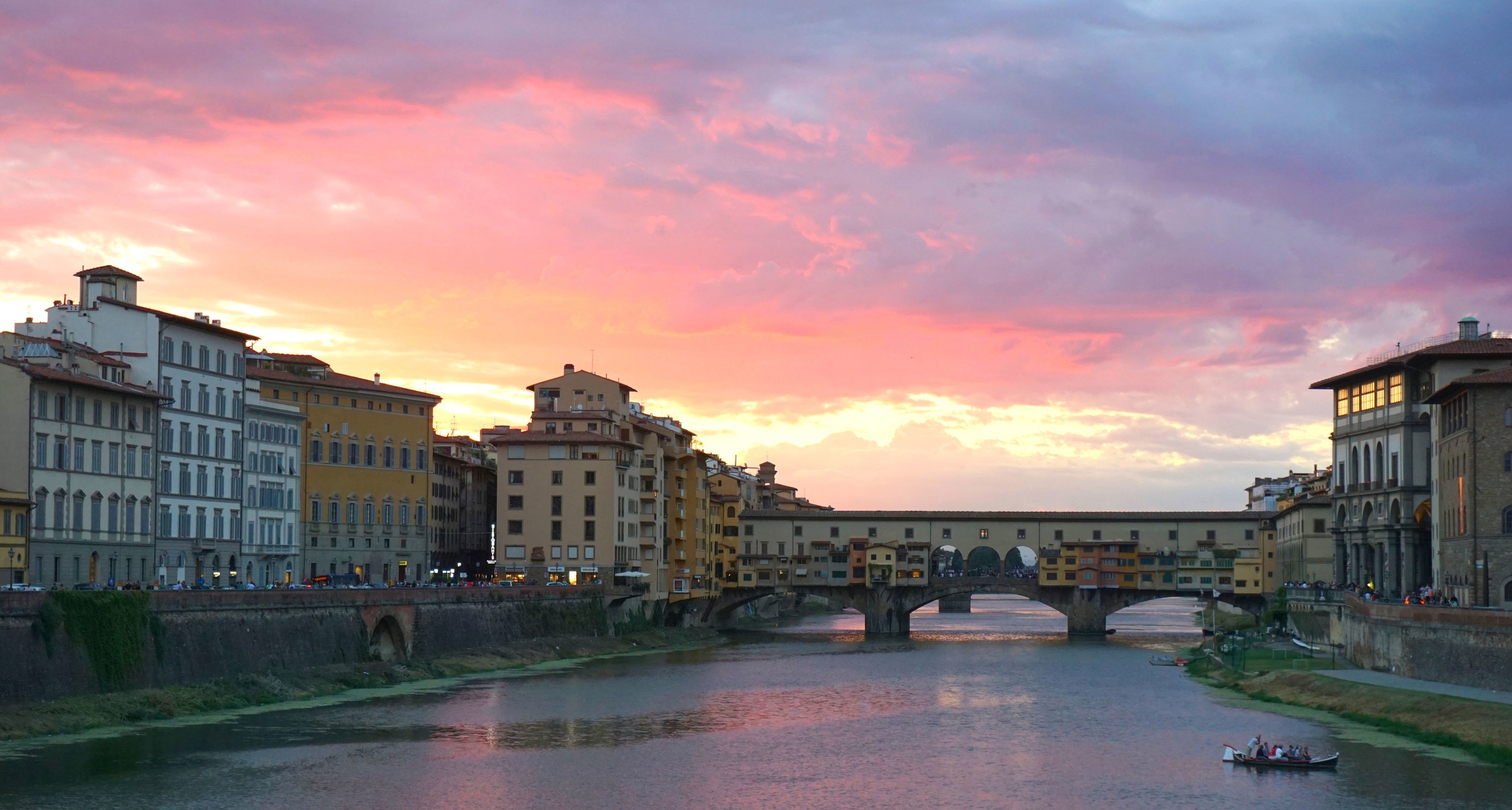From Boutique Travel to Online Cooking Classes: How We’re Pivoting During COVID-19
/Annie Cheng, The Table Less Traveled Founder with Domenico, Capri Tour Guide turned Online Cooking Class Instructor
As you may imagine, it’s not a great time to be in the travel industry.
This February, when travel restrictions began in Asia, we made the first difficult call to postpone our small-group tour to Malaysia scheduled for March 2020. Just over a month away, I was already mentally prepared for the trip. I was excited to visit our friends, to meander through beloved markets, to eat tropical fruits and delicious street food, and to explore wildlife in the rainforest. Not the only one disappointed in the delay, our travelers had also coordinated schedules and finagled time off months in advance only to see their vacation for the year dissolve.
As inconvenient and disappointing as this move was, my level of concern was still relatively low. Travel can be unpredictable at the best of times. Learning to adapt is vital to surviving in the industry and to providing the best experiences to our travelers. Rolling with the punches is our game.
My concern quickly escalated one morning as I headed into our Seattle office. A friend called me, panicked about her business and potential layoffs for all her employees.
All her employees? A cold chill accompanied by the enormity of the situation hit me then: as tourism became obsolete, income for our business would stop. Cash flow would stop. All expected profits for the year would stop, or be uncertain at best. Expenses, however, would continue.
Almost overnight, our thoughtfully curated tours and experiences—our primary expertise and value—became irrelevant as travel halted with no definite end in sight. As we watched entire industries being decimated and companies we love going out of business, we were afraid we'd be only a short time away from the same scenario.
How could we be able to continue to employ our team? How could we continue to support our international, small-business friends and partners who were also out of work? How could we continue providing value, building community, and staying true to our mission and values?
Travelers on our Heart of Italy Tour, dining on our friend Marika’s patio overlooking Positano
Throughout this time, I'd been staying in touch with our friends around the world. I found that the general reactions to this rapidly-spreading pandemic were similar, across continents, countries, languages, and cultures. But in a time of fear, of shutting borders, of social isolation, and of inexplicably hoarding toilet paper, we discovered there may still be an opportunity for connection and for breaking down barriers—and perhaps a need for it more than ever.
Enter: our cooking classes.
With everyone stuck at home, we decided there may be a chance to bring some fun into everyone’s quarantined lives. We decided to launch live, virtual, interactive cooking classes with our chefs and friends from around the world. Instead of taking small groups of travelers to visit our friends in their homes abroad, we’d bring our friends straight into homes and kitchens here. Now across borders, boundaries, and travel restrictions, you can learn how to make pasta, tiramisu, lomo saltado (Peruvian beef stir fry), and a variety of other traditional dishes from a chef in another country. It may be the only type of travel we can provide, but travel we still will!
What our cooking classes used to look like — making homemade pizza with a chef in Sorrento, Italy.
What our cooking classes look like now — bringing our chefs straight into your kitchen
When we first settled on this idea of virtual cooking classes, I started calling friends abroad in tourism & hospitality to see if they would be interested in teaching.
I explained that a primary goal was to support them during this time, but I wasn't sure how to price an offering so outside our normal services, and I wasn’t sure what we could pay the chefs, but I wanted their input.
Overwhelmingly, everyone I spoke to gave me a similar answer: "Annie, this is not about money. This is about humanity. Let's do it. And if it works, then we will figure it out."
While the planet is in chaos, while our friends are unable to work and stuck in their homes with no end in sight, their focus was not on themselves, but on our connection as humans, on what we can do to help each other.
At the same time, schools in our state were closing down, people were losing jobs left and right and unemployment began skyrocketing.
What could we even ask people to pay during this time? We decided we couldn’t ask them to pay a certain amount at all. It was only right we asked them to contribute what they could and what seemed fair based on their own financial capabilities.
Community, we decided, should not be a limiting concept. We believe everybody should have the opportunity to be included in what we are trying to do — find connection, community, and a bit of joy during a tough time — regardless of their financial situation. So we adopted a "Pay What You Can" price structure for our classes.
It was a complete gamble whether we would have any success launching this new product. The most surprising positive impacts have been on the chefs and participants. The warm reception of these classes have allowed us to support others through a challenging time. It's an escape for folks, for an hour or two, to connect, laugh, take a break, and enjoy sharing an experience with new friends.
Beyond leading the cooking class, the chefs often share about their lives, what quarantine is like for them, the significance of the recipes, and history of the region that formed the dish they prepare with us. Participants are encouraged to ask questions and engage—whether it be about if their dough is rising properly, if they need to substitute ingredients because they couldn't find yeast, or introducing their dog running through the background of the Zoom session. Our classes are about genuinely being you, and genuinely connecting with our chefs who are genuinely themselves.
The difference our classes are making.
We launched and hosted a little over a week of classes in March. When we sent contributions to our chefs for the classes they taught, the responses were emotionally overwhelming.
For Marika in Positano, Italy, it meant that by teaching 3 classes, her family made the same amount of income as 2 weeks of their convenience shop being open. It meant her brother, Emanuele, who also works in the shop, can rest a little easier knowing that with one child at home, and a baby due in August, he'll have something to support his growing family.
For Alain in Pistoia, Italy, it meant that although he's not sure when the restaurant he works at will reopen, he's been able to earn the equivalent of 5 full days of work by teaching a few cooking classes online. All of his income from the classes is going toward food and diapers for his 2-year-old daughter.
Chef Alain and his daughter devouring a lasagna from class
And for our participants, it means that they can join a community, and experience an international experience even from their homes.
One participant writes, "I think the unique part of this experience is that these chefs are in different countries and that cultural exposure is priceless."
Another says, "What an amazing idea! Today I ticked off an item on my bucket list and I learned skills which will save me time to cook from scratch more— I will be back."
And another admits our online classes were probably the only way they would have been able to experience a cooking class from a chef in another country: "This was the most fun!! You guys may be only live streaming due to the pandemic, but honestly I probably wouldn’t have gotten the experience otherwise (no big travel plans anytime soon) so I truly appreciated the chance to learn how to make something fabulous from an international chef in their home kitchen!"
Participants from all over show off their homemade pizzas they just made with Marika.
And for us, it means we’re still able to keep paying our employees and our bills. But mostly, it means we can keep doing what we love: connecting people all over the world with shared experiences, building community across borders and supporting our small business friends around the world.
In fact, one of the most beautiful things about our shift to virtual cooking classes has been the ability to maintain our dedication to our mission of uniting people through shared experiences. Early in this crisis our team came to a collective stance that we would rather lose the business and our jobs while sticking to our values, than to compromise on our beliefs in order to survive.
We are also confident that at some point, travel will resume, and we will be able to visit our friends around the world. And if we can survive as a company during this time, we will be ready to introduce our cooking class participants to the chefs they've come to love through our virtual time together.
Until that time, we will see you in the kitchen!
Written by Annie Sim, Founder and CEO














































